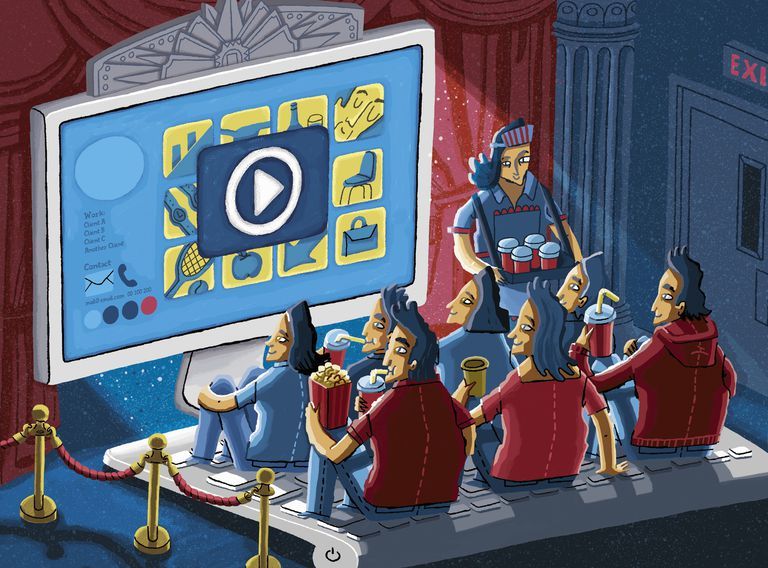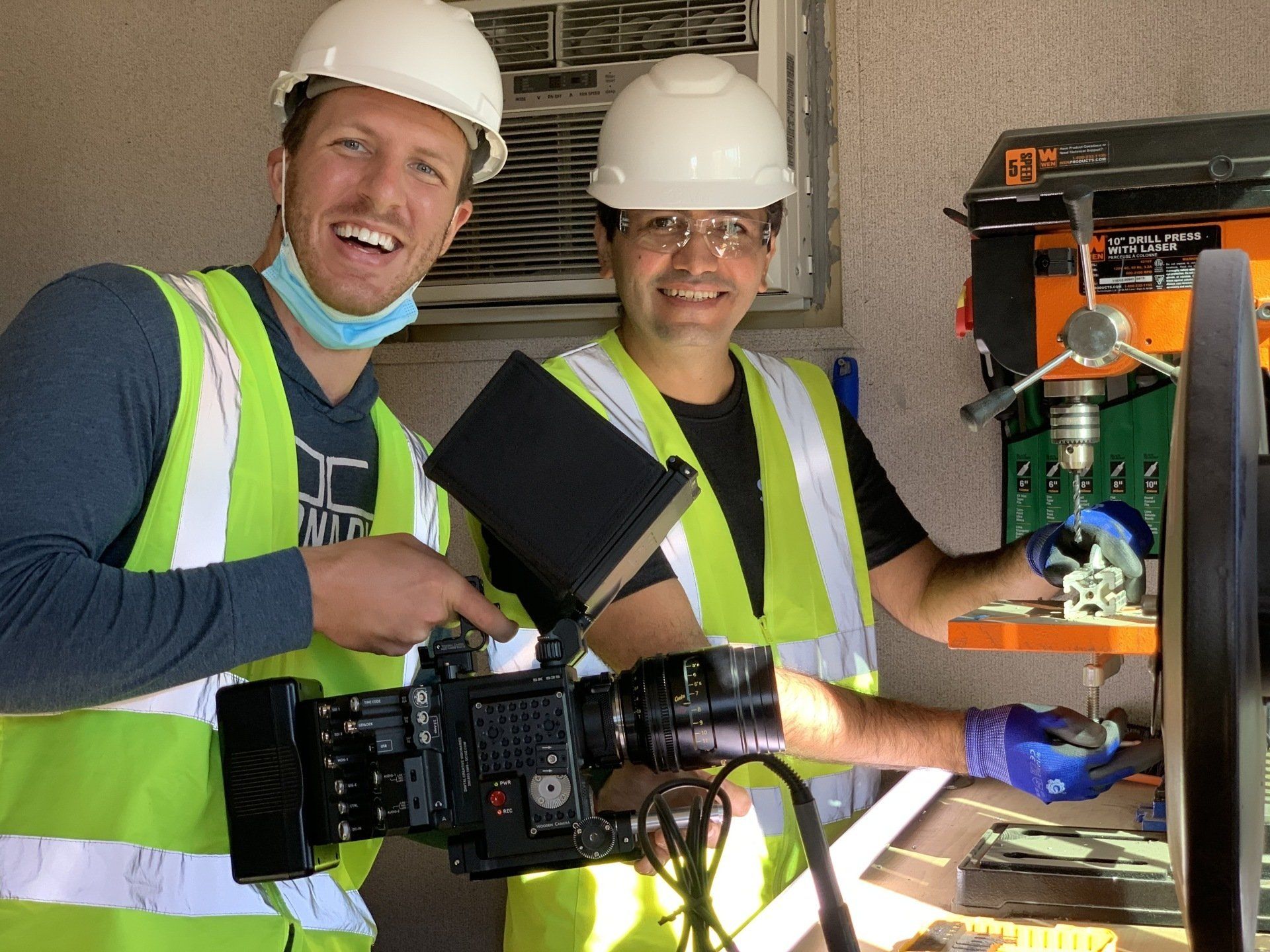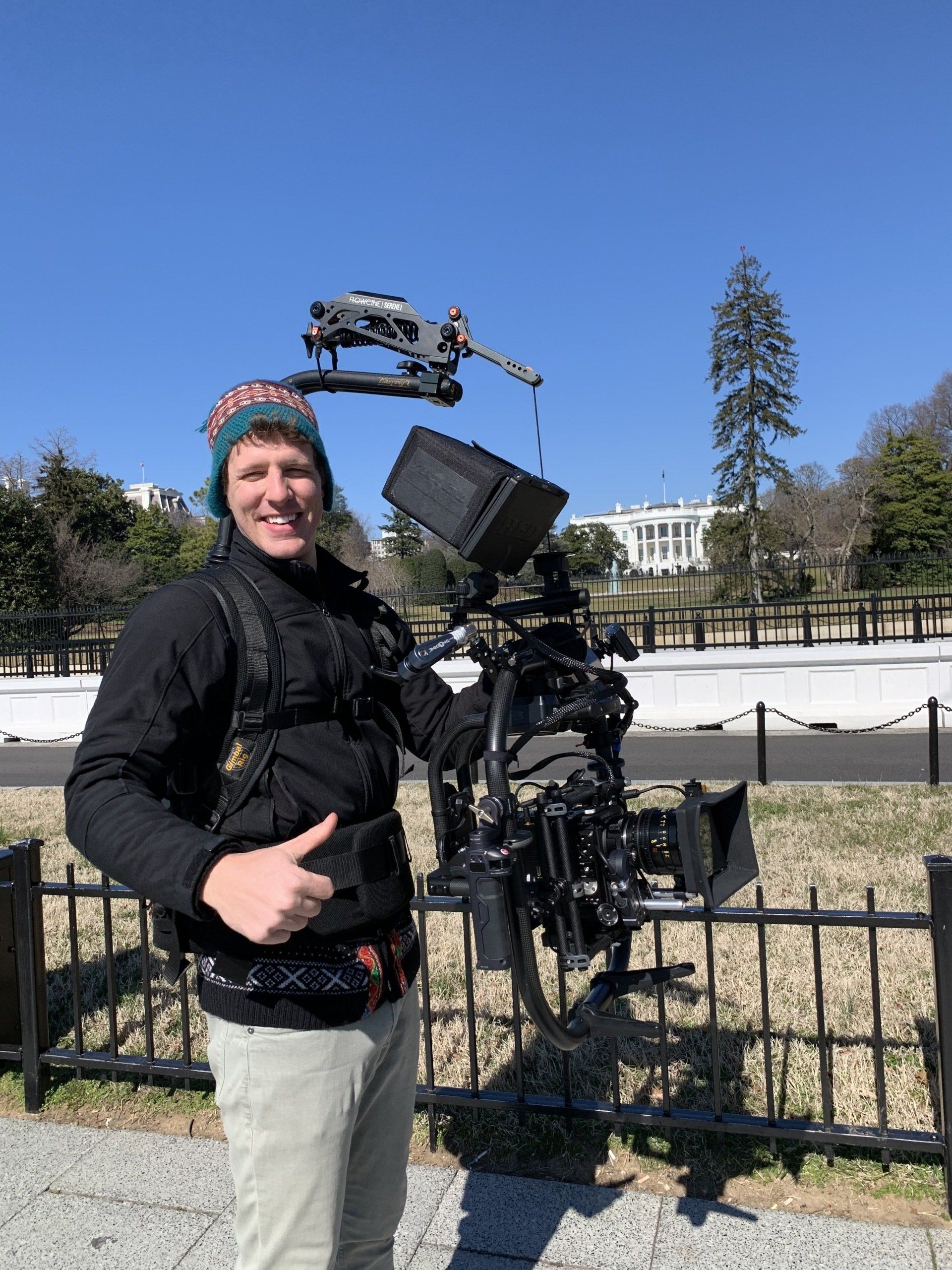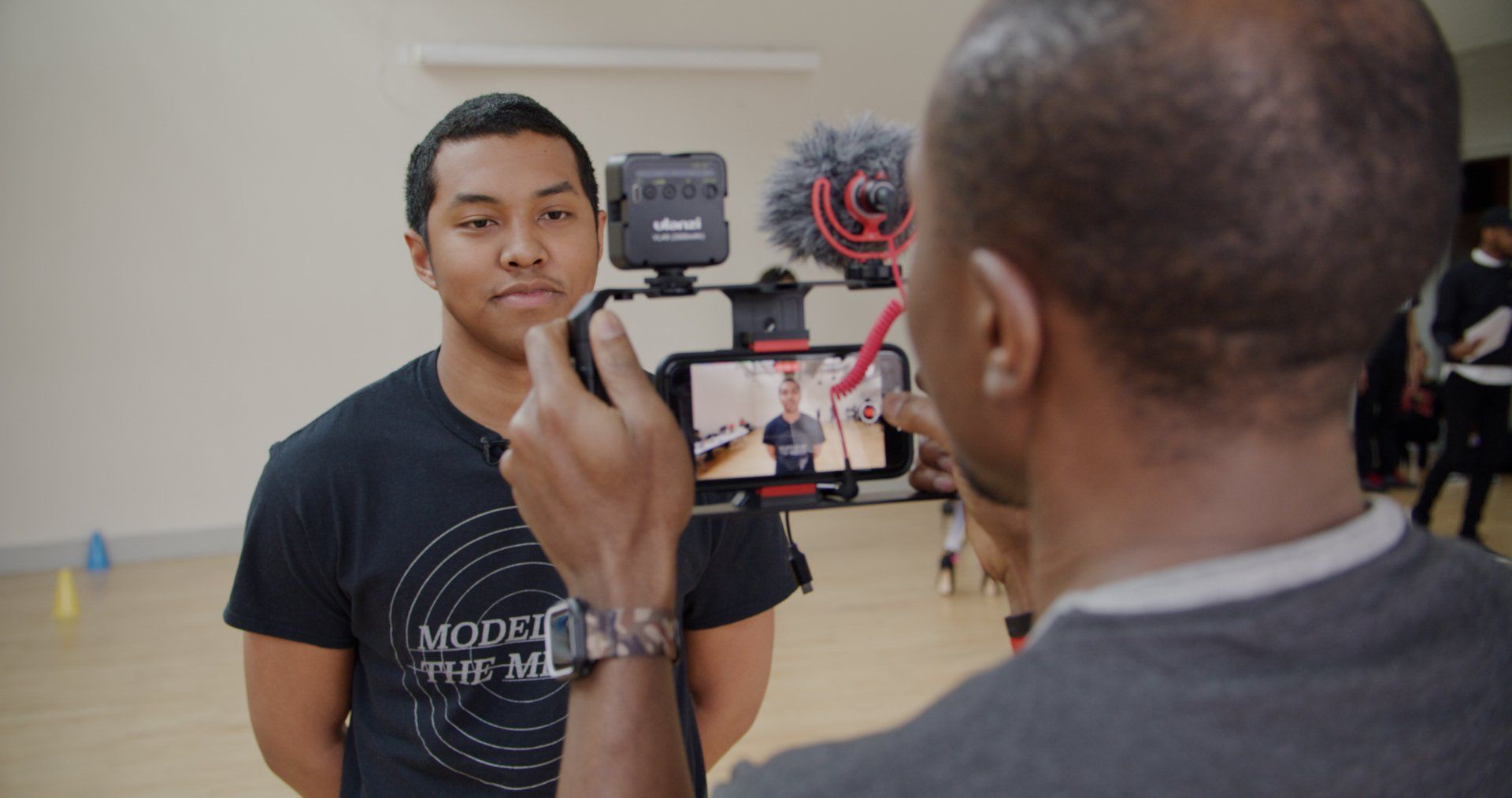On-Set Production Roles: A Quick Breakdown and Definition
Finally! You’ve decided on the video production company for your brand, and the pre-production process is finally over.
The next step is getting things ready for on-set production. That’s the time when filming begins.
If this is your first time with a professional video project, don’t worry! This article will outline each side's responsibilities once on-set production begins.
The responsibilities of the client (that’s you!)
Clients typically do most of the work during pre-production. That the time before filming has begun, and you are still finalizing details with the video production agency.
These details could include the following:
• The script
• The budget
• The storyboard
• Location(s) of the shoot
• The on-set production timeline
• Who the cast members are going to be
• What kind of crew members you are going to need
That’s mostly all there is to it on your end. However, if the video involves an interview, a testimonial, or something similar, your work is not done yet.
Of course, this only applies if you are going to be one of the people who are part of the video. If not, then your work is done.
The agency you hired for the job can take it from there.
The responsibilities of the video production company
While pre-production is mostly the client’s responsibility, on-set production is handled primarily by the video production company.
Every video production scene is different and caters to the needs and vision of each client.
For example, online commercials require a larger workforce because there is space to fill out. The production would need props, hired talent, and set designs.
If the client has chosen animation rather than live-action, then the production may need a voice actor.
In this case, production happens in a sound studio instead of an actual set.
Video projects that are in the form of a testimonial, interview, or a case study require a little more finesse on the company’s part.
The people being interviewed on camera are likely doing it for the first time. The agency ensures they are comfortable and act naturally while the interview is taking place.
Considerations can also be made to feel more confident in what they’re doing. Such considerations include allowing multiple takes and replaying the footage.
As production day draws nearer, the crew prepares everything they need during on-set production.
Equipment such as audio, cameras, lights, and props are taken out of storage and packed, ready to be brought to the location.
Cast members may also receive their script and lines beforehand to prepare.
Once the crew arrives on set, they start to get the equipment ready by setting them all up. However, they are ready should the director want to try out a different angle or lighting.
Improvisation is not uncommon while on-set production is ongoing. Actors could be asked to say lines a different way or freely interpret the scene.
Shooting days vary depending on the location and length of the video. All of this is arranged beforehand between the agency and the client.
Video production companies call it a wrap once they have all the necessary footage.
Some may even use the behind-the-scenes video (called B-roll) to add more heart to the final output.
Conclusion
Professionals in the field love to say that on-set production is where the magic happens. They have a responsibility to bring their client’s vision to life.
Each brand has a unique story waiting to be told, and the weight of everything falls heavily on the video production companies.
Mistakes made during production could delay the timeline. Reshoots cost more money and are a bad look on companies.
It goes to show how crucial the production process is. Without it, everything could fall apart.
Try our self serve estimator. You'll have custom pricing for your next project in 5 minutes or less.














